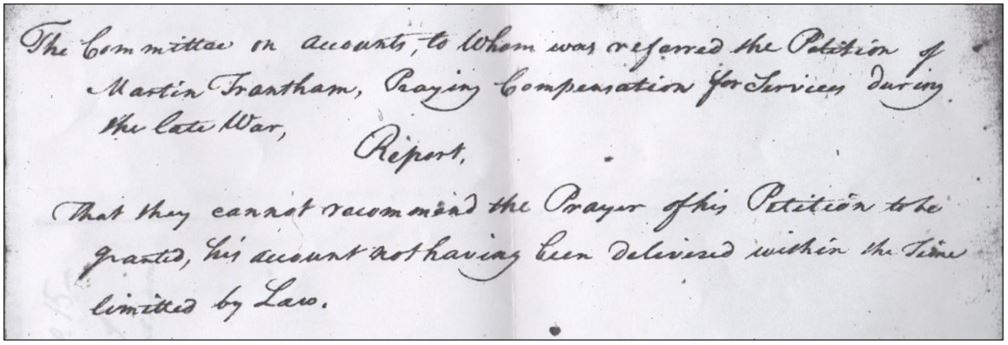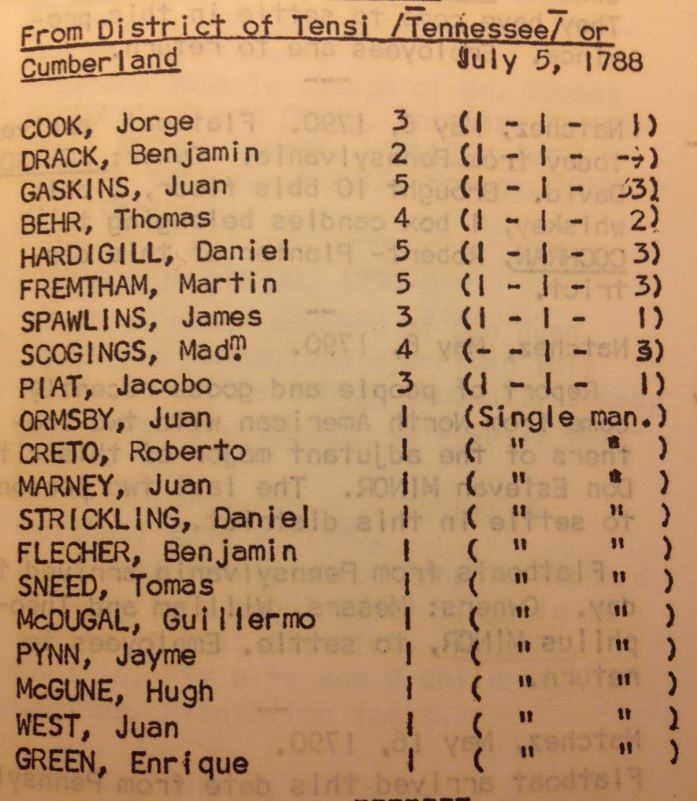Identifying an elusive ancestor’s FAN club is a genealogical research technique I’ve recently discovered. FAN stands for Friends, Associates and Neighbors. It is used to help break through brick walls. The theory behind the technique is that our ancestor’s friends, associates and neighbors were often family members. Okay, that makes a lot of sense but will it work?
My (least) favorite brick wall is Matilda Jane, my 3rd great grandmother, who married Ulysses Goodger in 1849 or 1850. Her maiden name remains a mystery to me. Without a last name, there is no hope of identifying her parents. Considering I know the identities of some of my 8th and 9th great grandparents on other branches, you can imagine how frustrating this is to be stuck on Matilda Jane.
Nevertheless, I’ve begun the systematic process of identifying Matilda Jane’s FAN club. Let’s review my progress.
F is Friends.Seriously? It’s more like F is for Futile. When I find Matilda Jane’s diary which identifies her BFFs, I’ll come back to F.
A is for Associates. No, A is for some Assh*le who needed a filler between the letters F and N. Good grief. It’s not like Matilda Jane worked in an office.
N is for Neighbors. This is a bit more promising.
In the 1850 census, newlyweds Ulysses (age 19) and Matilda Jane (age 20) were listed between the families of John Daniel and J. F. Riley – neighbors! Could Matilda Jane have been related to either one of them? J. F. is 22 so he’s obviously not her father. And he was born in Georgia whereas Matilda was born in Tennessee. It’s much too soon to rule him out so I’ll have to come back to him.
John Daniel, on the other hand, has my full attention. A 41-year-old male in 1850, he was born in North Carolina. His wife, Nancy, and eight children, however, were born in Tennessee. John is not Matilda’s father. Of that, I am certain. Unbelievably, the names and birth dates of all of his children were engraved onto his tombstone. He left no will when he died in 1860 but court documents confirm the identities of his children and Matilda was definitely not one of them.
But, John, I believe, was likely Matilda’s brother, cousin or uncle. FAN should be FANDOM because DNA Obviously Matters.
Turning to my father’s DNA matches on Ancestry.com, I ran a search for the surname “Daniel” excluding those with the surname “Daniels” with an “s”. JACKPOT! Both my father and my aunt have multiple distant cousins who hail from Daniel (not Daniels) ancestors from North Carolina and Tennessee. One of them is a potential 4th cousin! This is very promising. Perhaps Matilda Jane was born Matilda Jane Daniel. One of the matches hails from a “Matilda Ann Daniel”. Also, promising if Matilda is a family name.
Admittedly, this is a bit far-fetched but Ulysses and Matilda Jane did not name their firstborn son Ulysses, Jr. Instead, they opted for Daniel Alexander. Like I said, it’s a bit far-fetched but I have not found a single male named “Daniel” or “Alexander” from Ulysses’ side of the family. But I have found an Alexander Daniel living in Tennessee in the 1840 census. More research is needed.
Happy Mother’s Day, Matilda Jane Something!
And Happy Mother’s Day as well to my own mother, whose memory inspires me to keep chasing wild geese.
Kenfolk: Tranthams
Relation: 3rd great grandmother
Common ancestors: Work in progress

